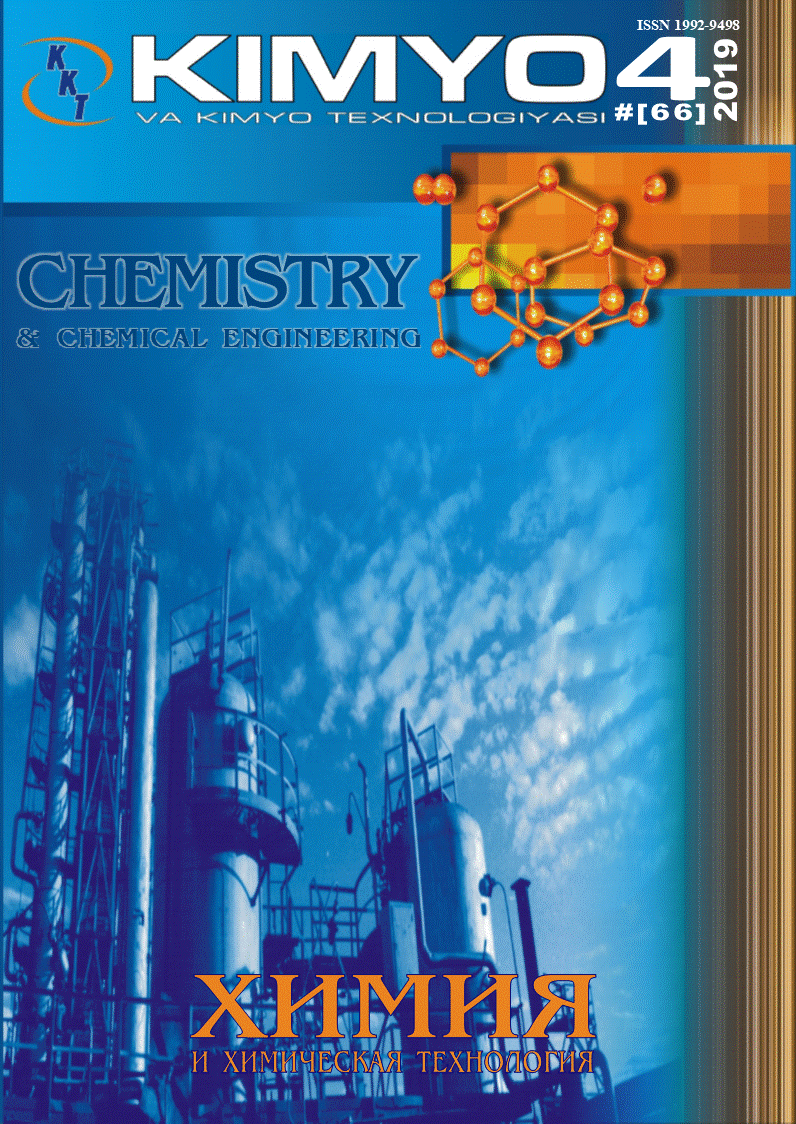
Abstract
Air and water pollution has been one of the challenging environmental issues in modern society. Since the Honda-Fujishima effect was first reported in 1972, a semiconductor-based photocatalysis has been regarded as one of the most green and economical processes for potential application in environmental remediation. Bismuth-based semiconductors are regarded as a promising group of advanced photocatalytic materials due to their suitable band gap for visible light response, an increased mobility of photo-generated charge carriers because of well-dispersed Bi 6s orbital, non-toxicity, and easy tailoring of their morphologies. To utilize its full potential in environmental remediation, various studies have been carried out to enhance the photocatalytic performance of layered Bi2WO6, one of the simplest members of the Aurivillius oxide family of layered perovskites. This review introduces past achievements, the state of the art, and future perspectives in heterogeneous photocatalysis and its application in environmental remediation, particularly in photocatalytic air and water purification. The layered compounds, bismuth-based photocatalysts, and composite photocatalysts and their application in environmental remediation are discussed.
Recommended Citation
HOJAMBERDIEV, Mirabbos; KADIROVA, Zuhra; DAMINOVA, Shahlo; SHARIPOV, Khasan; and MATSUSHITA, Nobuhiro
(2021)
"LAYERED BISMUTH TUNGSTATE: HETEROGENEOUS PHOTOCATALYSIS FOR ENVIRONMENTAL REMEDIATION,"
CHEMISTRY AND CHEMICAL ENGINEERING: Vol. 2021:
No.
2, Article 1.
DOI: https://doi.org/10.51348/RLTW5118
Available at:
https://cce.researchcommons.org/journal/vol2021/iss2/1
